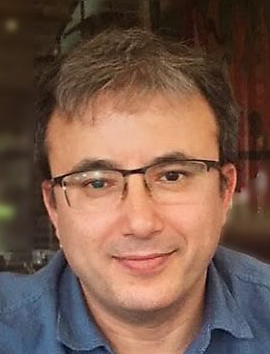
Bedir Tekinerdogan
Bedir Tekinerdogan is full professor and chairholder of the Information Technology group at Wageningen University in The Netherlands. He received his MSc degree and a PhD degree in Computer Science from the University of Twente in The Netherlands.
He graduated more than 45 MSc students, supervised around 20 PhD students and developed more than 15 academic computer science courses. He has also been very active in scientific conferences and organized more than 50 conferences/workshops on important software engineering research topics.
He has around 25 years of experience in software engineering research and education. He has been active in many national and international research and consultancy projects with various large software companies. His current research at Wageningen University concerns smart system of systems engineering, with an emphasis on software engineering and information technology.
More details can be found on his LinkedIn Profile: https://www.linkedin.com/in/bedir
Architecting Software-Intensive System-of-Systems
Whereas traditionally software systems were addressing a single domain, we can now observe the composition of multiple systems that are integrated in a coherent way, leading to software-intensive system-of-systems (SoSs). In an SoS, the individual system components have managerial and operational independence, are geographically distributed, have emergent behavior, and are characterized by a continuous need for evolution. These characteristics impose important challenges for the engineering of software-intensive SoSs that have not been resolved yet.
In this presentation, I will mainly focus on the architecture design of software-intensive SoSs. Currently, the software architect has already of a broad knowledge on software architecture design to support the development of systems that meet the stakeholder needs. However, these approaches did not explicitly consider the scale of SoS and its’ specific characteristics.
In this presentation, I will discuss the key concepts of SoSs, provide examples of SoSs in practice, present the key challenges for architecting SoSs, and discuss possible solutions directions for architecting software-intensive SoSs.
